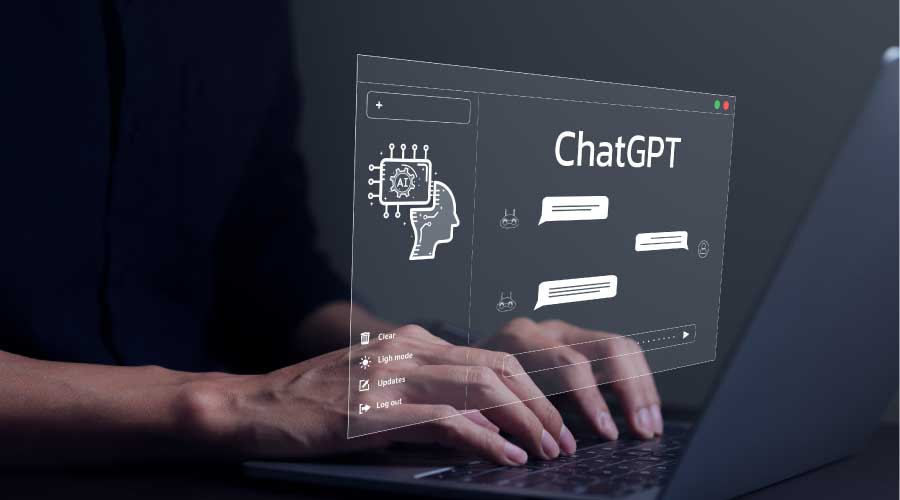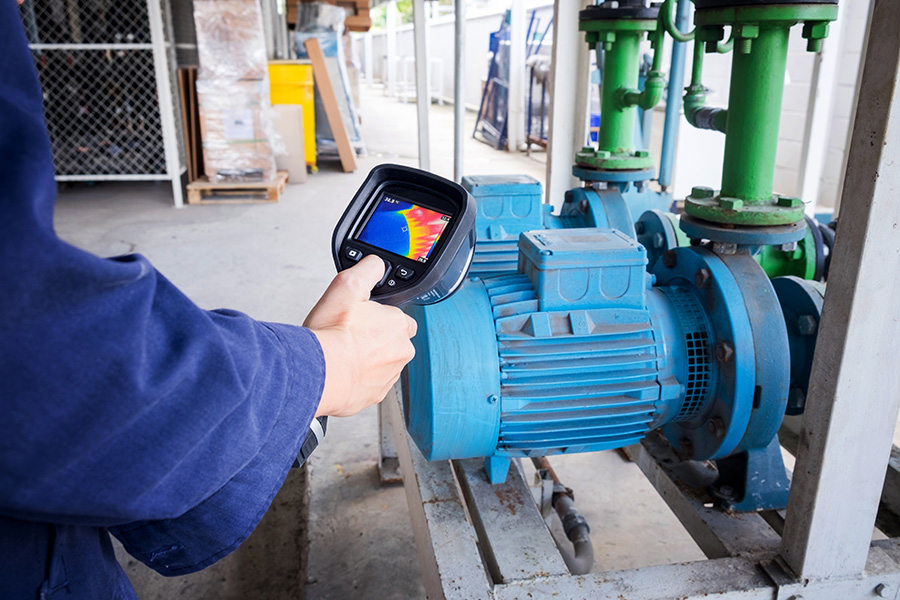Why a CMMS Fails (And How to Prevent It)
Deciding whether to upgrade or replace a CMMS starts with an audit to uncover problems with the software and its specification
A computerized maintenance management system (CMMS) is essential for efficiently gathering, sorting, analyzing and acting on critical information related to equipment and facilities performance. Managers use this information to, among other things, set department priorities and justify equipment purchases.
But in too many cases, the CMMS does not produce the desired results, and managers face an array of obstacles in trying to ensure that the software has the capacity to successfully support a department’s mission.
To remedy this situation, managers should revisit the specification process to identify and avoid further mistakes, as well as determine whether their next move is to optimize an existing system or upgrade it.
Specification Revisited
Improper specification is one of top reasons a CMMS fails to reach its potential. Here are some issues managers can rethink in assessing the specification process:
SYSTEM FEATURES. Any successful system must include several key features. One such feature is flexibility. The CMMS should allow users to enter information pertaining to the organization, and it should accommodate all present and future needs.
The organization also should be aware of any CMMS limitations before making a selection. For example, significantly increasing the number of records in the database should not slow down the system’s searching and reporting capabilities.
Also, the CMMS should be able to interface with other information systems, and it should be self-sufficient. Supervisors and technicians should be able to use the application without needing to consult a manual or outside sources. Onscreen instructions should explain program functions and operations.
Other factors to consider are system security, data security, user-customizable screens, modifications and user-customizable reports.
For more information on essential software features, see the accompanying article.
EASE OF USE. The CMMS should be easy to learn and use and should come with training aids and documentation. The package should be icon- and menu-driven, contain screens that allow data entry in an orderly manner, and provide error handling and context-sensitive help.
VENDOR BACKGROUND. The vendor should be knowledgeable, experienced and financially strong. Since a CMMS project can be an investment in time, resources and money, the vendor should be well-established. Other issues to consider are references, delivery, payment options, source-code availability, and a warranty.
VENDOR SUPPORT. The vendor needs to demonstrate the software and offer user training. Whether this training occurs at the vendor’s facility or on the installation site, this small investment can save a great deal of money and frustration in the long run. Other things to consider include the vendor’s system support, its upgrade policy, and the overall system costs.
What Can Go Wrong
Internal roadblocks — often in the form of organizational attitudes and inefficiency — can stand in the way of CMMS optimization. Among the more common roadblocks:
COMPANY SIZE. Small organizations too often believe they cannot benefit from a CMMS, and this attitude suggests a basic lack of understanding of the true benefits and functions of a CMMS and its optimization. The software can pay for itself with very small companies, even those with only one maintenance technician. The software does this by recording and maintaining equipment histories that form a basis for future decisions on repair and replacement. An accurate, complete history also can describe the way a technician did a job last time, saving time associated with redesigning the job.
TIGHT BUDGETS. This is the most common excuse for not specifying or upgrading a CMMS, and it shows a lack of acceptance or commitment by upper management.
INADEQUATE PROJECT PAYBACK OR SAVINGS. Managers must do a thorough job of determining benefits and savings.
LOW PRIORITY. Helping an organization’s management information system (MIS) department understand the importance of a CMMS should be a primary goal of every manager. MIS at first might not make the optimization project a high priority, but if MIS supports the project, the chances of success increase greatly. With the support of MIS, it is easier to convince others.
LACK OF CONSENSUS. In such situations, all parties involved disagree on either the need for a CMMS optimization or the features to review in an audit.
PREVIOUS FAILURES. Managers should try again, making sure to allocate resources properly.
LACK OF CAPABILITY. Computer hardware and software costs are part of the justification process, so managers should avoid waiting until the specification process is well under way to outline any compatibility challenges and solutions.
Optimize or Upgrade?
Managers considering their next move need to understand the meaning of optimization and upgrade. Optimization means determining existing useful features in a CMMS not being used and using them to improve productivity. An upgrade involves determining there is a lack of useful features in a CMMS, then obtaining new features either by updating the existing application or purchasing a new one.
A recent national survey found that 94 percent of CMMS users are not using their CMMS to its fullest capabilities. This indicates that many organizations can achieve better results by using their existing CMMS.
A CMMS audit is the most important step in this process. The dynamic nature of facility operations and the continuous challenge to keep costs down makes periodic audits a necessity if departments are to carry out their missions successfully. Observations based on a CMMS audit can form the basis of an upgrade or optimization.
The audit procedure consists of two major steps — establishing a baseline and then comparing subsequent audits to the baseline to measure improvements.
Essentially, the audit uncovers strengths and weaknesses. The strengths should continue while managers analyze the weaknesses to establish actions for improvement. Annual audits can help managers continue the improvements.
Although optimizing a CMMS might avoid the cost of an upgrade or a new CMMS, it does have its own associated costs, including the up-front cost of the audit.
Managers also need to anticipate additional staff training costs. One of the top reasons departments fail to fully use a CMMS is a lack of training. Training should cover application-specific features, as well as ways the software will affect internal department activities.
Whether upgrading to a new CMMS or optimizing an existing application, managers can benefit greatly from auditing the current application to determine an appropriate plan of action.
Studying the reasons for the failure of CMMS installations and following the proper selection process can help managers specify a CMMS that will operate efficiently for years to come. Otherwise, the latest and greatest technology will yield no better results than the old system did.
Kris Bagadia is president of PEAK Industrial Solutions, a CMMS consulting firm in Brookfield, Wis.
Focusing on Features
Selecting the most appropriate computerized maintenance management system (CMMS) means finding the application that delivers the best combination of software characteristics for a particular situation. If a CMMS is flexible enough to easily adapt to users’ environment, it will deliver benefits for a long time. In general, the software should allow users to perform many functions without vendor involvement and programming knowledge. Important CMMS features to consider are these:
• Report generator. The software’s report generator should be an integral part of the program and very easy to use. Users should be able to generate new reports in minutes without programming knowledge.
• Field labels. This feature should allow a user to change field-label names quickly, which helps customize the software to specific needs without programming changes.
• Text labels. This feature enables a user to change text messages quickly. With the help of this feature, technicians can customize screen messages without any programming background.
• Help. The software’s help support should provide context sensitive help, meaning exactly where users need it, as opposed to popping up an onscreen help manual with index. Users also should be able to customize it to suit the application. Properly executed, this feature can make the application look as if it were specifically designed and written for an organization.
• Interface. A CMMS should be able to interface with other applications, including those for accounting, finance, human resources, and building control systems. This feature enhances the productivity of departments and technicians and saves a great deal of time.
— Kris Bagadia
|
Related Topics:











